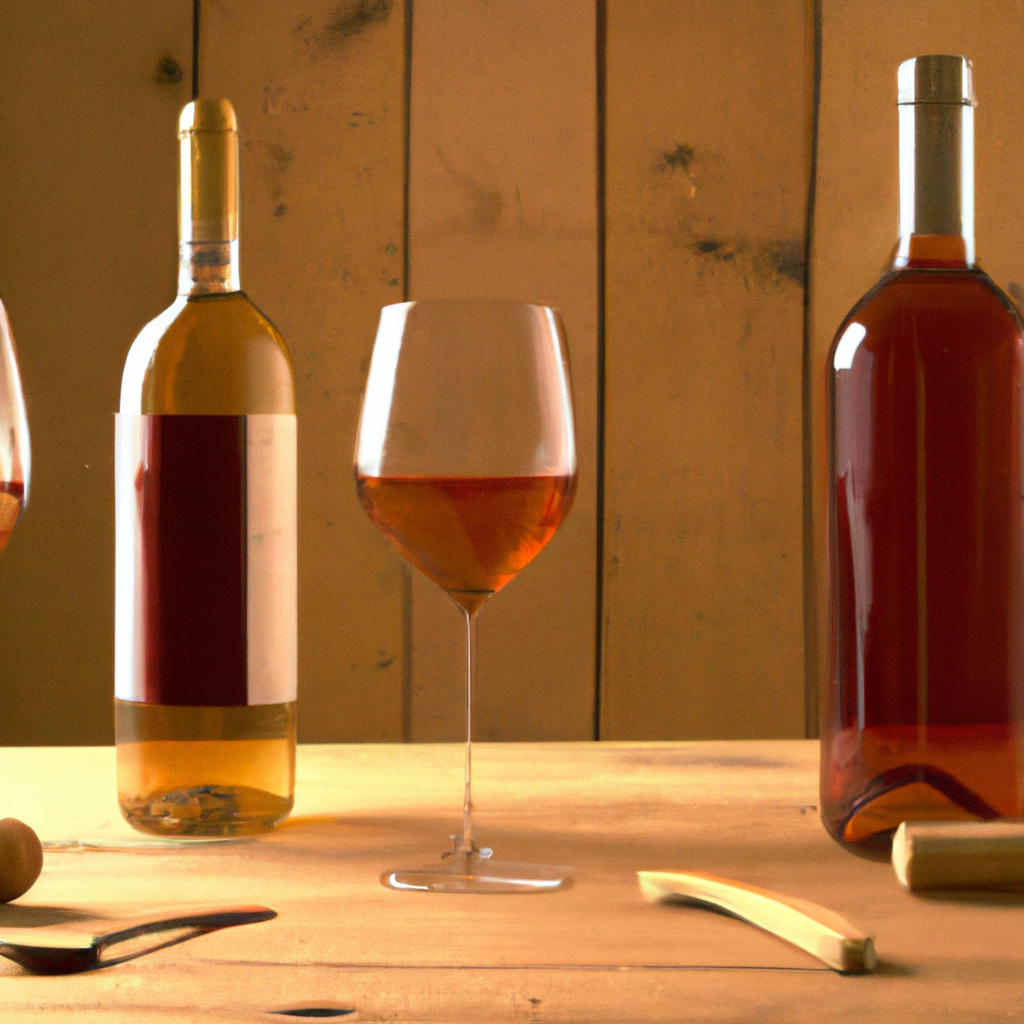
-
Article Summary
- Understanding the Difference Between Dry and Sweet Wine
- Key Takeaways
- Introduction: The Sweet and Dry of Wine
- The Winemaking Process: Sugar and Fermentation
- Food Pairing: Complementing or Contrasting Flavors
- Reading the Label: Indicators of Sweetness
- Varieties of Dry and Sweet Wines
- FAQ Section
- What is the difference between dry and sweet wine?
- What food pairs well with dry and sweet wine?
- How can I tell if a wine is dry or sweet from the label?
- What are some examples of dry and sweet wines?
- Does it matter if I choose a dry or sweet wine?
- Conclusion: The Sweetness Spectrum
- Key Takeaways Revisited
Understanding the Difference Between Dry and Sweet Wine

[youtubomatic_search]
Key Takeaways
- The primary difference between dry and sweet wines lies in the residual sugar content after fermentation.
- Both dry and sweet wines can be enjoyed with a variety of foods, but they pair best with different types of dishes.
- Understanding the wine label can help you determine whether a wine is dry or sweet.
- There are many different types of both dry and sweet wines, each with their unique characteristics and flavor profiles.
- Personal preference plays a significant role in choosing between dry and sweet wines.
Introduction: The Sweet and Dry of Wine
Wine, one of the world’s oldest and most beloved beverages, comes in a myriad of styles and flavors. One of the most fundamental distinctions is between dry and sweet wines. This article will delve into the differences between these two types of wine, from the winemaking process to the tasting notes, and how to choose between them based on your personal preference and the food you’re pairing them with.
The Winemaking Process: Sugar and Fermentation
The primary difference between dry and sweet wines lies in the fermentation process. During fermentation, yeast consumes the sugar in the grape juice and converts it into alcohol. In a dry wine, the yeast has consumed almost all the sugar, resulting in a lower residual sugar content. In contrast, sweet wines have a higher residual sugar content because the fermentation process is stopped before all the sugar is consumed.
Food Pairing: Complementing or Contrasting Flavors
Both dry and sweet wines can be enjoyed with a variety of foods. Dry wines, with their lack of sweetness, often pair well with savory dishes. They can balance out rich, fatty foods and can stand up to strong flavors. On the other hand, sweet wines are often paired with desserts or spicy foods, where their sweetness can complement or contrast with the food’s flavors.
Reading the Label: Indicators of Sweetness
Understanding the wine label can help you determine whether a wine is dry or sweet. Terms like “brut,” “extra dry,” and “sec” indicate a dry wine, while terms like “demi-sec,” “doux,” and “sweet” indicate a sweet wine. However, these terms can vary depending on the region and the type of wine, so it’s also helpful to know the typical characteristics of different wine varieties.
Varieties of Dry and Sweet Wines
There are many different types of both dry and sweet wines, each with their unique characteristics and flavor profiles. For example, Cabernet Sauvignon and Merlot are examples of dry red wines, while Riesling and Moscato can be made into either dry or sweet white wines. Port and Sauternes are examples of sweet wines.
FAQ Section
What is the difference between dry and sweet wine?
The difference lies in the residual sugar content after fermentation. Dry wines have lower residual sugar, while sweet wines have higher.
What food pairs well with dry and sweet wine?
Dry wines often pair well with savory dishes, while sweet wines are often paired with desserts or spicy foods.
How can I tell if a wine is dry or sweet from the label?
Terms like “brut,” “extra dry,” and “sec” indicate a dry wine, while terms like “demi-sec,” “doux,” and “sweet” indicate a sweet wine.
What are some examples of dry and sweet wines?
Cabernet Sauvignon and Merlot are examples of dry wines, while Riesling, Moscato, Port, and Sauternes can be sweet.
Does it matter if I choose a dry or sweet wine?
It largely depends on personal preference and the food you’re pairing it with. Both types of wine can be enjoyed in different contexts.
Conclusion: The Sweetness Spectrum
In conclusion, the difference between dry and sweet wines lies in the residual sugar content after fermentation, which affects not only the taste but also the food pairing possibilities. Understanding the wine label and knowing the typical characteristics of different wine varieties can help you choose the right wine for your palate and your meal. Whether you prefer dry or sweet wines, there’s a whole world of flavors to explore.
Key Takeaways Revisited
- The primary difference between dry and sweet wines lies in the residual sugar content after fermentation.
- Both dry and sweet wines can be enjoyed with a variety of foods, but they pair best with different types of dishes.
- Understanding the wine label can help you determine whether a wine is dry or sweet.
- There are many different types of both dry and sweet wines, each with their unique characteristics and flavor profiles.
- Personal preference plays a significant role in choosing between dry and sweet wines.
[youtubomatic_search]






